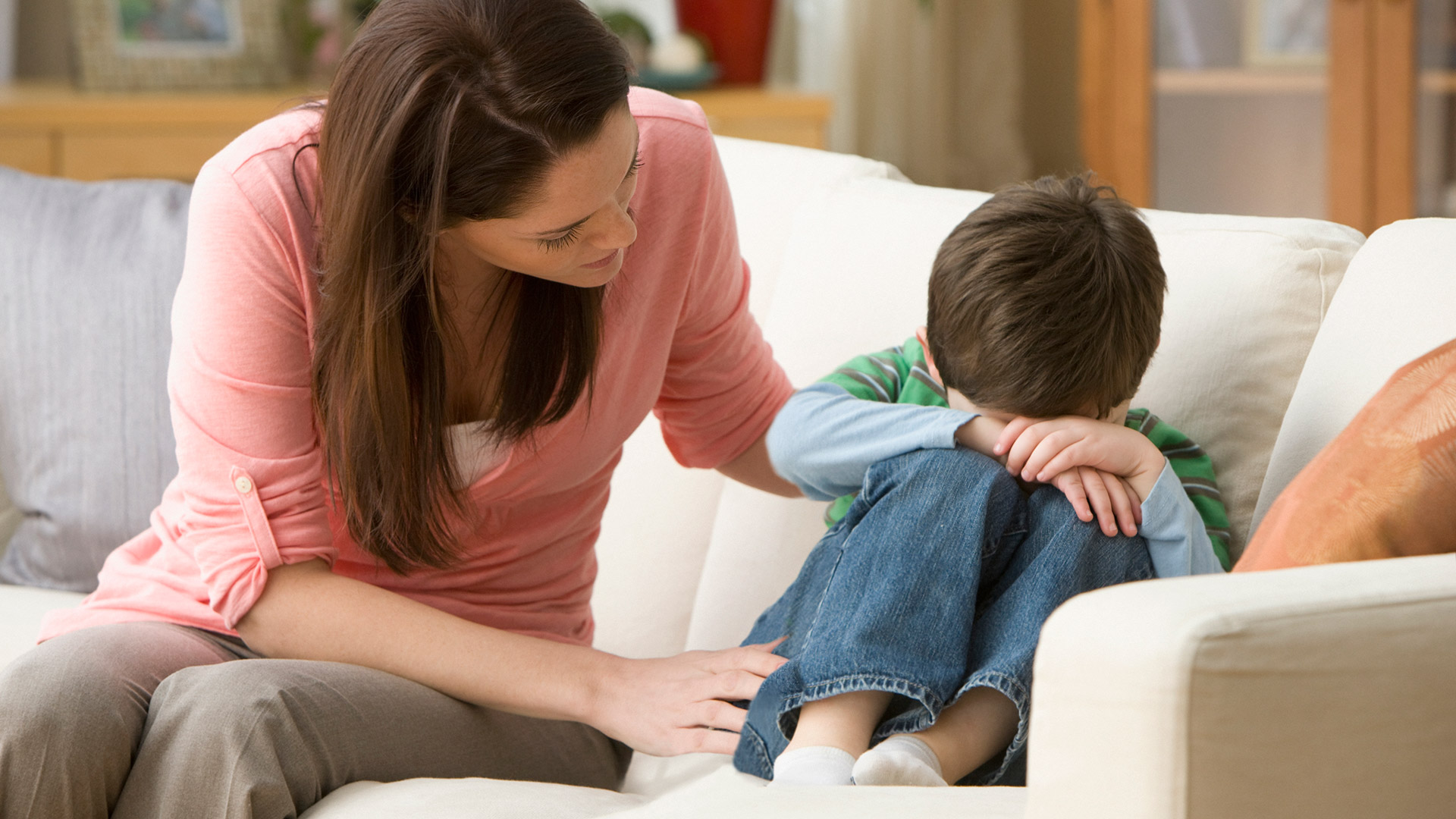In line with the start of face-to-face classes, among the child population there was an increase in the number of anxiety, panic or limited tolerance to frustrations. The fear of returning to the classroom was present and with greater force after the closure of almost two years, which affected children and adolescents in greater proportion with the closure of school institutions.
Crucial processes such as socialization or adaptation to the school routine were substantially affected during the last two years, in which the little ones were forced to learn from electrical devices.
“We must understand that anxiety as such is an emotion that plays a specific role, because it prepares us for a possible threat. However, the problem lies in the fact that in anxiety disorders, fear and worries appear excessively and are accompanied by avoidance behaviors”, explained child psychologist Alejandra Fernández.
To help children overcome these episodes of stress or anxiety, learning is a fundamental task in order to have the tools to identify the warning signs that a child or adolescent could be experiencing, advised the professional.
“The manifestations (of these pictures) are varied and for a better understanding we could observe, at an emotional level, signs such as anguish, fear, anxiety or irritability. On the other hand, on a physical level, headaches and abdominal pains, nausea, muscular tension, discomforts that cannot be defined can also appear. At the cognitive level, thoughts that something bad or dangerous is going to happen predominate. On a behavioral level, you see a lot of difficulty relaxing and escape behaviors, tantrums, or social isolation,” he quoted.
In the presence of these signs, which indicate anxiety or stress in children, a professional in the area of psychology should be consulted to obtain an adequate evaluation and a specific intervention, said the child psychologist. “Early diagnosis and treatment are key, since they ensure that these disorders do not become chronic,” she added.
Along the same lines, Alejandra Fernández added that “family and school support will be protective factors so that the boy or girl learns what is happening to them and, above all, uses their own resources to effectively face their fears.”
ADAPTATION
SCHOOL
Re-establishing routine school habits based on patience is another way to help children overcome stress or anxiety, the professional recommended.
“The fact of being able to understand and contextualize ourselves is essential for this process to be carried out successfully. It is important to mention that the Ministry of Education proposes a protocol giving relevance to the socio-affective dimension, whose purpose is to promote mental health care actions”, he pointed out.
In the process of establishing routines, parents could maintain fixed schedules for hygiene, eating and sleeping habits, the child psychologist assured.
“Explaining to the boy or girl how their school activity will take place, in terms of schedules, snacks, relationships with teachers, classmates and others, is key for them to familiarize themselves. In addition, we must express to them that we as adults also feel fear in certain situations, normalize fear and positively reinforce their efforts when they face their fears and do not avoid them, ”she concluded.
Alejandra Fernández, child psychologist.


















